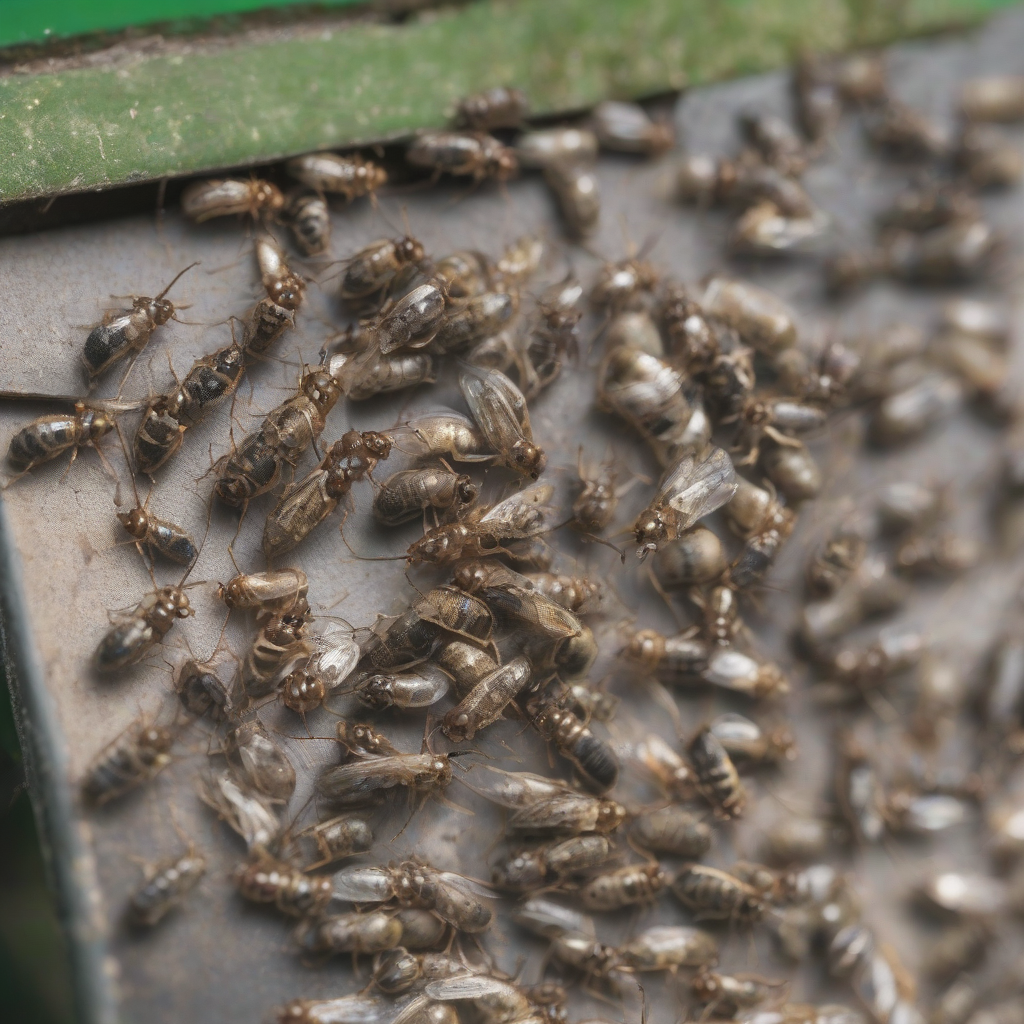Conquering Critters: Your Guide to Affordable Pest Management
Pest infestations can be a homeowner’s nightmare, leading to property damage, health risks, and significant financial burdens. Professional pest control services, while effective, can be expensive. This comprehensive guide explores various strategies for affordable pest management, empowering you to protect your home without breaking the bank.
Understanding the Basics of Pest Management
Effective pest management starts with understanding the enemy. Identifying the specific pest(s) infesting your property is crucial. Different pests require different approaches. Knowing their habits, preferred food sources, and breeding grounds allows you to target your efforts effectively. Resources like your local agricultural extension office or online pest identification guides can be invaluable.
Identifying Common Household Pests
- Ants: Various species exist, each with unique habits and preferences. Identifying the type will inform treatment.
- Rodents (Mice, Rats): These carry diseases and cause significant damage. Early detection is key.
- Cockroaches: Known for spreading bacteria and allergens, cockroaches require diligent control measures.
- Spiders: While some are harmless, others can be venomous. Focusing on eliminating their food sources (insects) helps control their population.
- Termites: These wood-destroying insects can cause extensive damage, often requiring professional intervention.
- Bed Bugs: These tiny insects feed on human blood and are notoriously difficult to eradicate.
- Flies: A nuisance and potential disease vectors, flies require attention to sanitation and waste disposal.
Affordable Prevention Strategies: The First Line of Defense
Prevention is always cheaper and more effective than cure. Proactive measures can significantly reduce the likelihood of a pest infestation and limit the need for expensive treatments.
Sanitation and Cleanliness
- Regular Cleaning: Vacuuming, dusting, and mopping frequently removes food sources and reduces attractive nesting sites for pests.
- Proper Food Storage: Store food in airtight containers to prevent attracting pests. Clean up spills immediately.
- Garbage Disposal: Dispose of garbage regularly and properly. Use sealed trash cans and keep them clean.
- Dishwashing: Clean dirty dishes promptly and avoid leaving food residue in sinks or on counters.
- Pet Food Management: Store pet food in sealed containers and clean up spilled food immediately.
Home Sealing and Exclusion
- Seal Cracks and Gaps: Caulk cracks and gaps in walls, floors, and around windows and doors to prevent pest entry.
- Repair Damaged Screens: Replace torn or damaged screens on windows and doors.
- Ventilation: Ensure proper ventilation in attics, crawl spaces, and basements to reduce moisture that attracts pests.
- Tree and Shrub Management: Trim back trees and shrubs that are in close proximity to your home, reducing potential entry points.
- Roof Repair: Address any roof damage to prevent pest entry through leaks or openings.
Natural and DIY Pest Control Methods
Numerous natural and DIY methods can effectively control minor pest infestations, saving you money on professional services. However, for severe infestations, professional intervention may be necessary.
Natural Repellents
- Essential Oils: Peppermint, tea tree, and eucalyptus oils repel certain pests. Dilute them and apply them strategically.
- Diatomaceous Earth: A natural powder that dehydrates and kills insects. Apply it in areas where pests are active.
- Vinegar: A versatile cleaner and pest repellent. Use it to clean surfaces and deter ants and other insects.
- Citrus Peels: The strong scent of citrus deters some pests. Place citrus peels near potential entry points.
- Borax: A natural compound that can control ants and cockroaches. Use it cautiously and follow instructions carefully.
DIY Traps
- Glue Traps: Effective for capturing small insects and rodents. Place them strategically in areas where pests are active.
- Snap Traps: For rodents, these traps offer a humane method of control. Use them cautiously and follow instructions.
- Sticky Traps: Similar to glue traps, these are effective for capturing flying insects.
- Pitfall Traps: Simple containers buried in the ground, filled with water and soap, to capture crawling insects.
- Bait Stations: For controlling ants and other insects, bait stations offer a targeted approach.
When to Call a Professional
While DIY methods are cost-effective for minor infestations, some situations demand professional intervention:
- Severe Infestations: If the infestation is widespread or beyond your ability to control.
- Dangerous Pests: Dealing with venomous spiders, aggressive stinging insects, or other hazardous pests.
- Structural Damage: If pests have caused structural damage to your home, such as termite damage.
- Health Concerns: If the infestation poses a significant health risk, like a severe bed bug infestation.
- Recurring Infestations: If DIY methods haven’t worked and the problem keeps reappearing.
Choosing an Affordable Pest Control Professional
If professional help is needed, it’s crucial to find an affordable yet reliable service. Consider these factors:
- Get Multiple Quotes: Compare prices and services from several pest control companies.
- Check Reviews: Read online reviews to gauge the quality of service and customer satisfaction.
- Inquire about Guarantees: Ask about service guarantees and warranties offered by the company.
- Understand Treatment Plans: Ensure you understand the proposed treatment plan and the cost involved.
- Look for Green Options: Some companies offer eco-friendly pest control methods.
Long-Term Pest Management Strategies
Effective pest management is an ongoing process, not a one-time event. Consistent effort is necessary to maintain a pest-free environment.
- Regular Inspections: Conduct regular inspections of your home to identify potential pest activity early.
- Maintain Prevention Measures: Continuously practice sanitation and exclusion strategies.
- Monitor Effectiveness: Track the effectiveness of your pest control efforts and adjust strategies as needed.
- Stay Informed: Stay updated on new pest control methods and technologies.
- Consider Preventative Treatments: Depending on your location and climate, consider preventative treatments to avoid future infestations.

